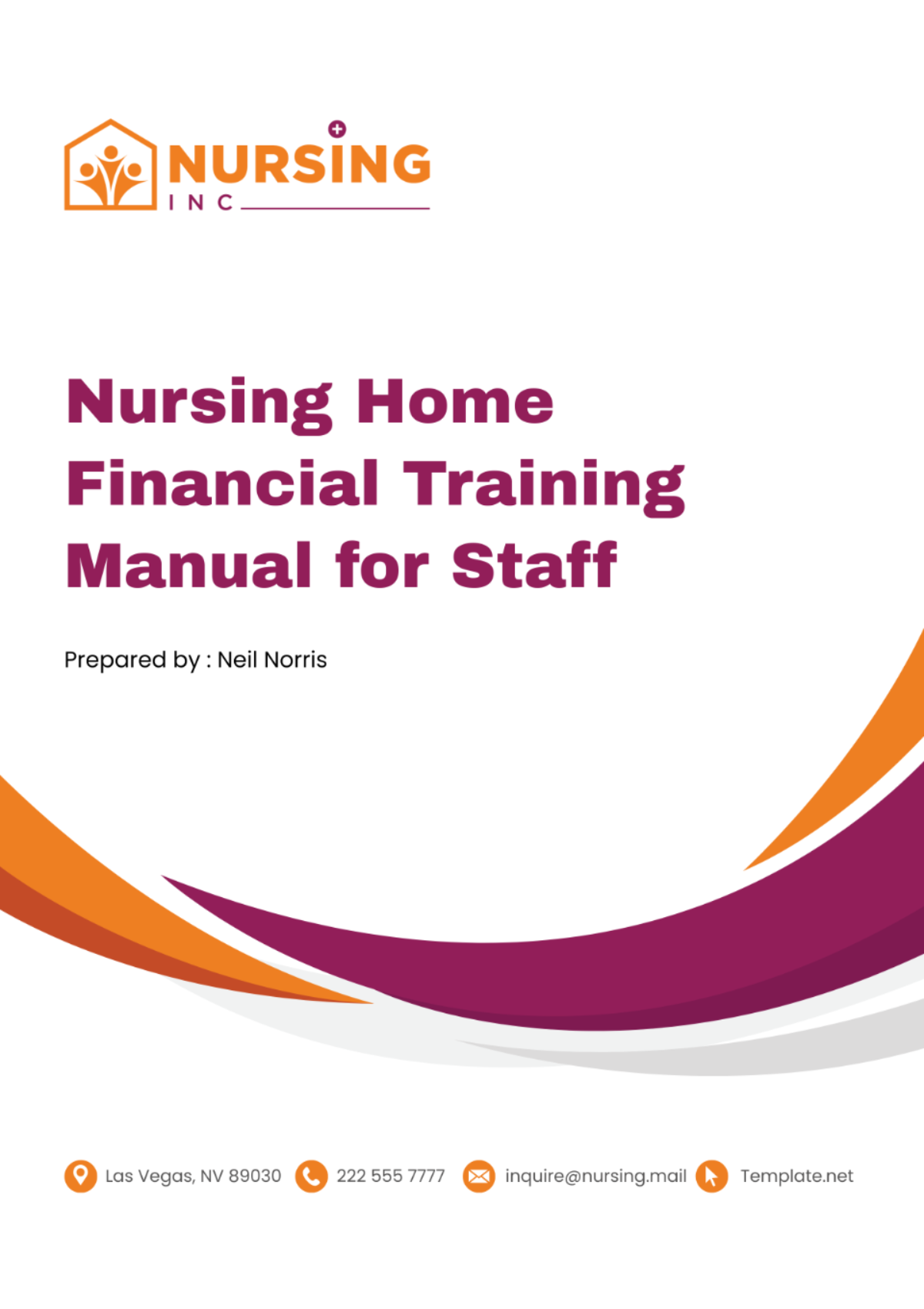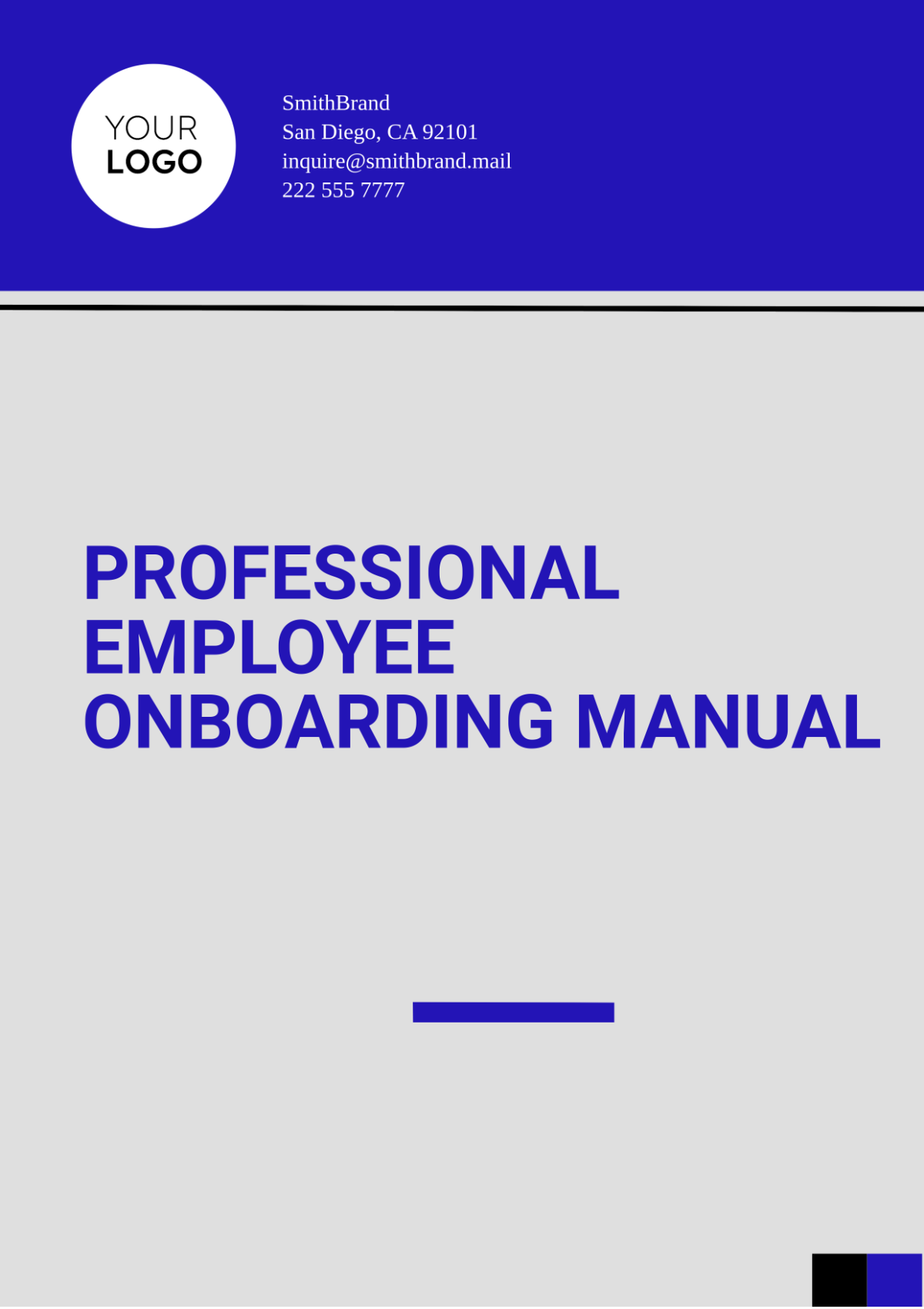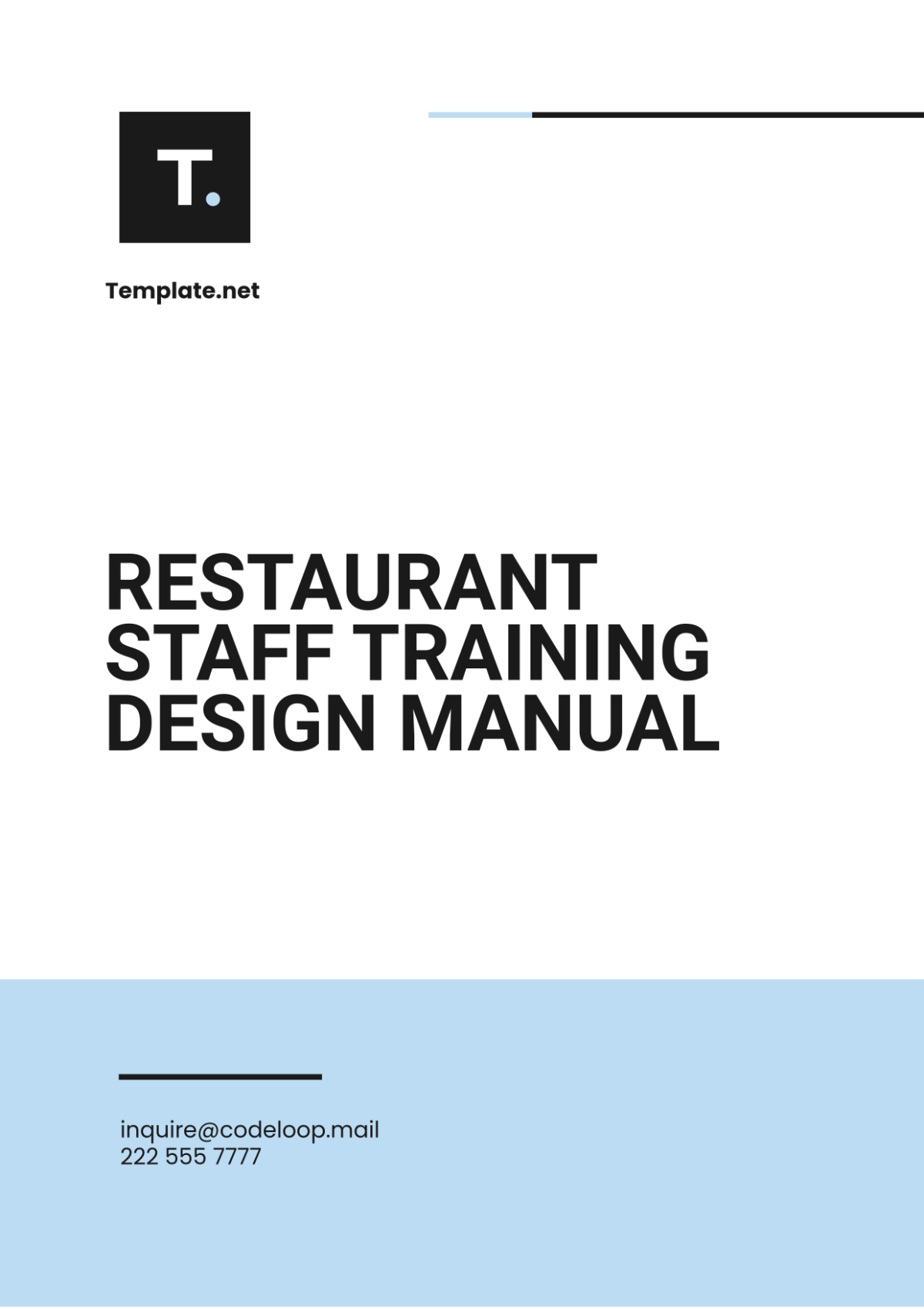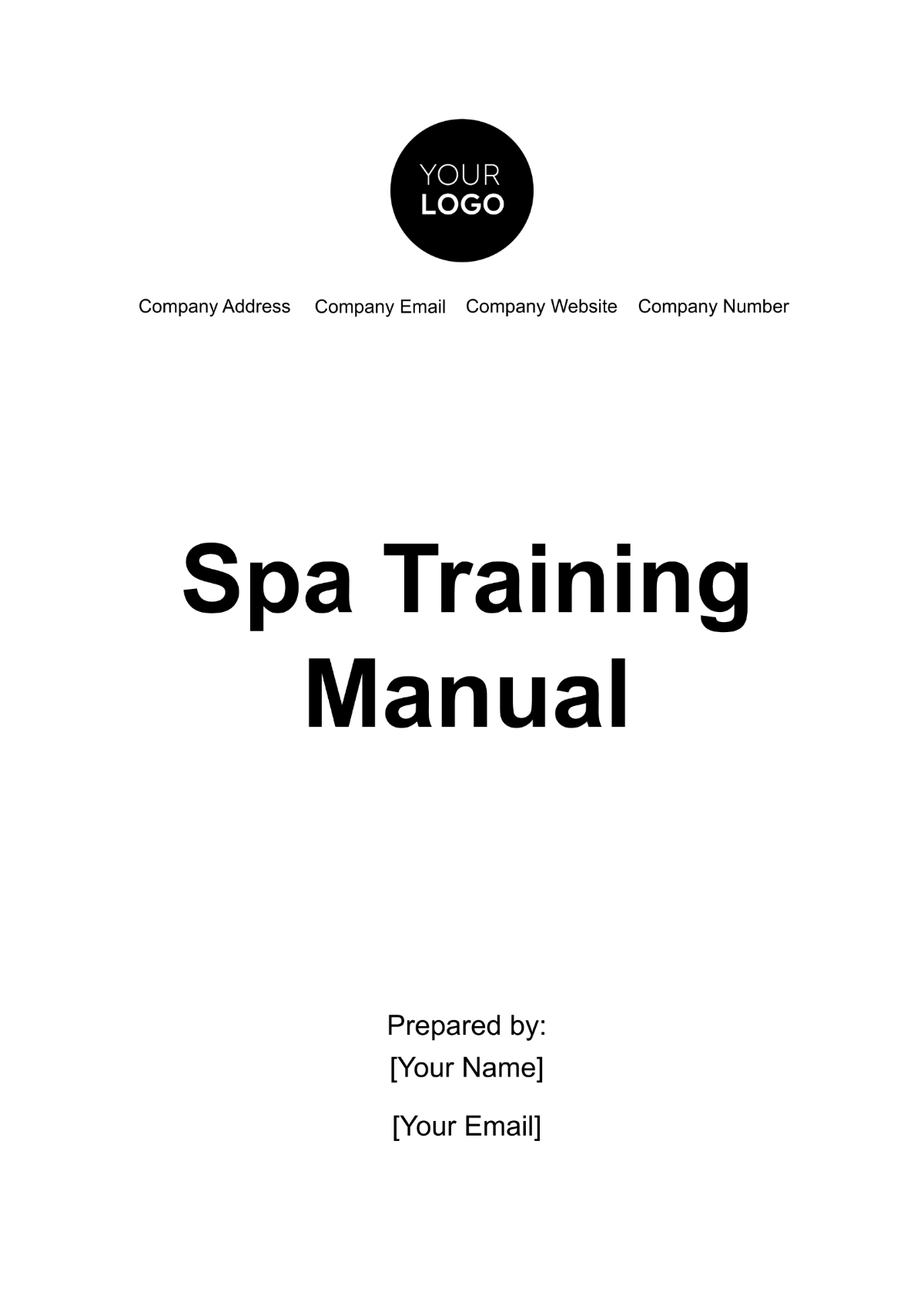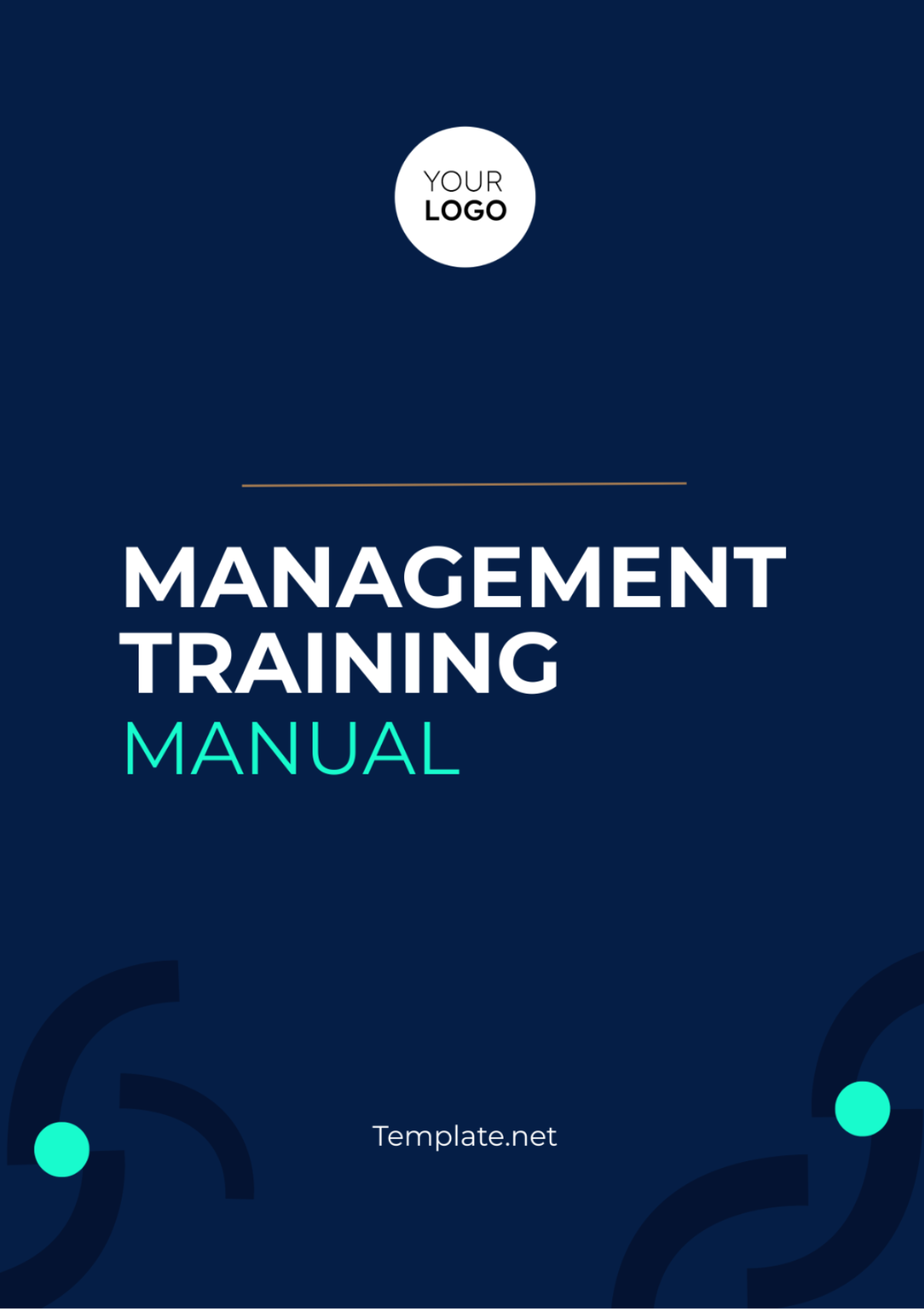New Project Orientation Manual
Name: | [YOUR NAME] |
|---|---|
Company: | [YOUR COMPANY NAME] |
Department: | [YOUR DEPARTMENT] |
Date: | [DATE] |
I. Introduction:
Welcome to [YOUR COMPANY NAME] new project orientation manual. This comprehensive guide is designed to provide you with all the necessary information and resources to successfully navigate your role in our upcoming project. Whether you're a new team member or an existing employee transitioning to a new project, this manual will serve as your go-to reference for understanding project objectives, expectations, and processes.
II. Getting Started
A. Project Overview In this section, you will find an overview of the project, including its objectives, scope, and key deliverables. Understanding the big picture will help you align your efforts with the project's goals and contribute effectively to its success.
Objective: [PROJECT OBJECTIVES].
Scope: [Describe the scope of the project, including what is included and excluded].
Key Deliverables: [List the main deliverables expected from the project].
B. Project Team Here, you'll meet the project team members and learn about their roles and responsibilities. Building strong relationships with your teammates and understanding their contributions to the project will be essential for collaboration and synergy.
Project Manager: [Name and role of the project manager].
Team Members: [List of team members and their respective roles].
Stakeholders: [Identify key stakeholders and their interests in the project]
III. Project Processes and Procedures:
A. Communication Channels: Effective communication is vital for project success. This section outlines the communication channels and protocols established for sharing information, updates, and feedback throughout the project lifecycle.
Team Meetings: [Frequency and format of team meetings].
Email Communication: [Guidelines for using email to communicate].
Project Management Tools: [Introduction to project management software/tools].
B. Decision-Making Framework Understanding the decision-making process within the project ensures that decisions are made efficiently and transparently. This section provides insights into how decisions are made, who is involved, and the criteria used.
Decision-Making Roles: [Roles and responsibilities of decision-makers].
Decision Criteria: [Factors considered when making project decisions].
Approval Process: [Steps involved in obtaining approvals].
IV. Resources and Support:
A. Training and Development : Continuous learning and skill development are encouraged to enhance your capabilities and contribute more effectively to the project's objectives. This section highlights available training resources and opportunities for professional growth.
Training Programs: [List of training programs relevant to the project].
Skill Development: [Ways to develop skills relevant to your role].
Mentorship: [Opportunities for mentorship and guidance].
B. Technical Support: Access to technical support ensures that you can overcome any obstacles or challenges encountered during project implementation. This section provides information on accessing technical assistance and troubleshooting resources.
Help Desk Services: [Contact information for help desk services].
Technical Documentation: [Access to technical manuals and documentation].
Troubleshooting Tips: [Common issues and troubleshooting steps].
V. Risk Management:
Risk Identification : Identify potential risks and uncertainties associated with the project, including [list of possible risks such as budget overruns, resource constraints, etc.]. Understanding these risks allows us to proactively mitigate them and minimize their impact on project outcomes.
Risk Mitigation: Develop strategies and action plans to mitigate identified risks, such as [list of mitigation strategies for each risk]. Regular monitoring and proactive risk management are essential for maintaining project resilience.
VI. Quality Assurance:
Quality Standards: Define the quality standards and criteria that the project deliverables must meet, including [list of quality metrics and benchmarks]. Adhering to quality standards ensures the delivery of high-quality outcomes that meet stakeholder expectations.
Quality Control: Implement processes and procedures for quality control throughout the project lifecycle, including [list of quality control measures such as inspections, reviews, etc.]. Continuous monitoring and evaluation are necessary to identify and address any deviations from quality standards.
VII. Training and Development:
Training Needs: Assess the training needs of project team members and stakeholders to ensure they have the necessary skills and knowledge to contribute effectively to the project. Identify areas where additional training or development may be required.
Training Programs: Develop training programs or initiatives to address identified training needs, including [list of training programs, workshops, etc.]. Investing in training and development enhances the capabilities of project team members and promotes overall project success.
VIII. Project Documentation:
Document Management: Establish protocols and procedures for document management, including version control, storage, and access permissions. Maintaining accurate and up-to-date project documentation is crucial for ensuring transparency and accountability.
Document Templates: Provide templates for project documentation, including [list of document templates such as project charters, status reports, meeting minutes, etc.]. Standardized document templates streamline communication and documentation processes.
IX. Conclusion:
Congratulations on completing the New Project Orientation Manual! We hope this comprehensive guide has equipped you with the necessary information and resources to navigate your new project assignment successfully. If you have any further questions or require additional support, please don't hesitate to reach out to [RELEVANT CONTACT INFORMATION].






















